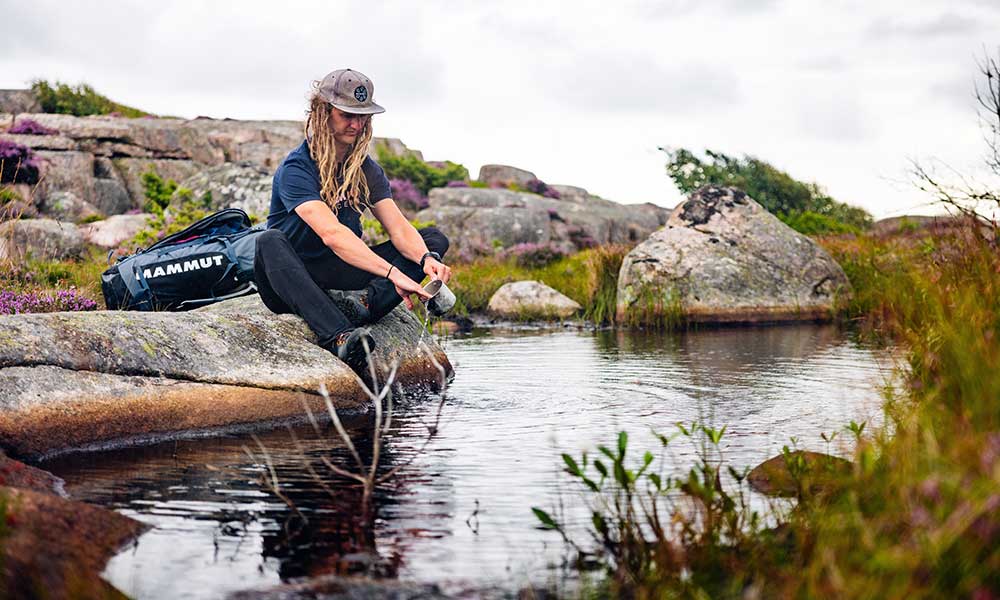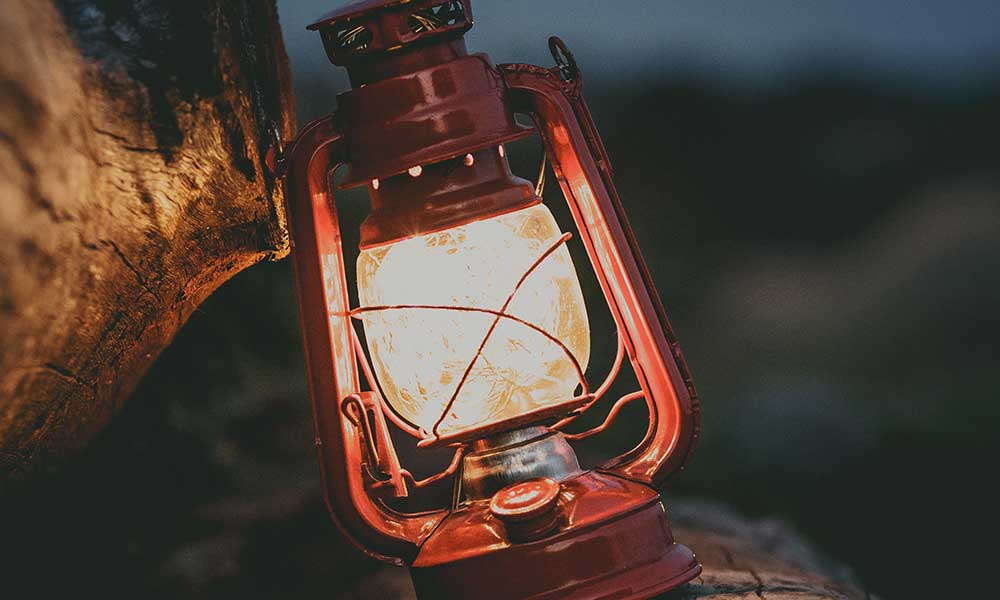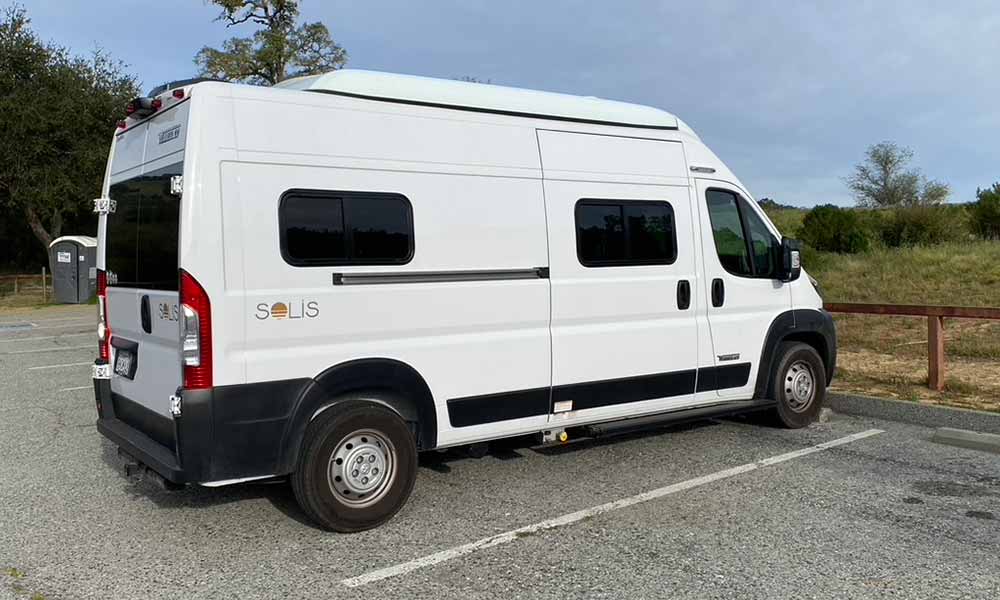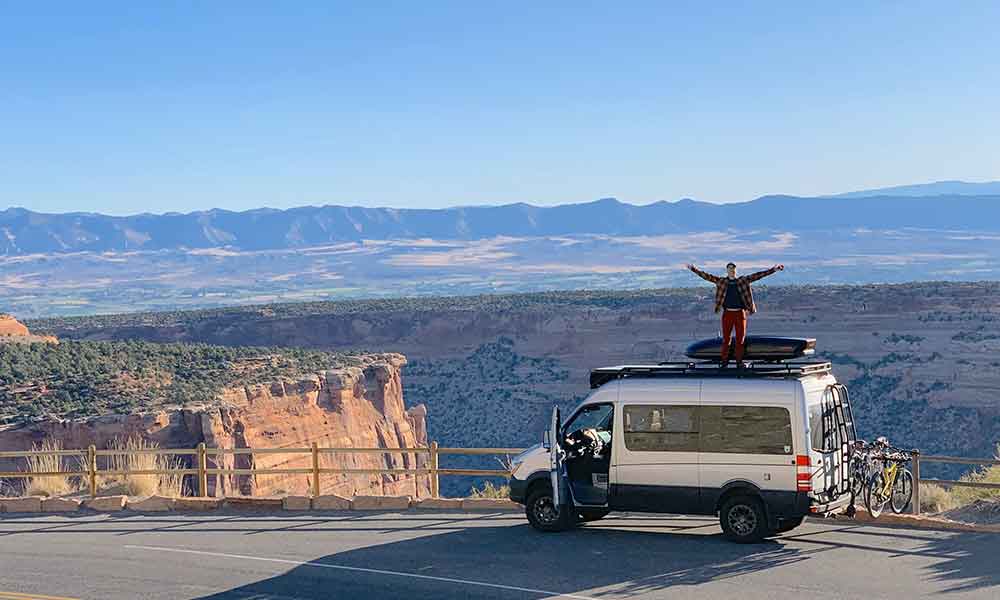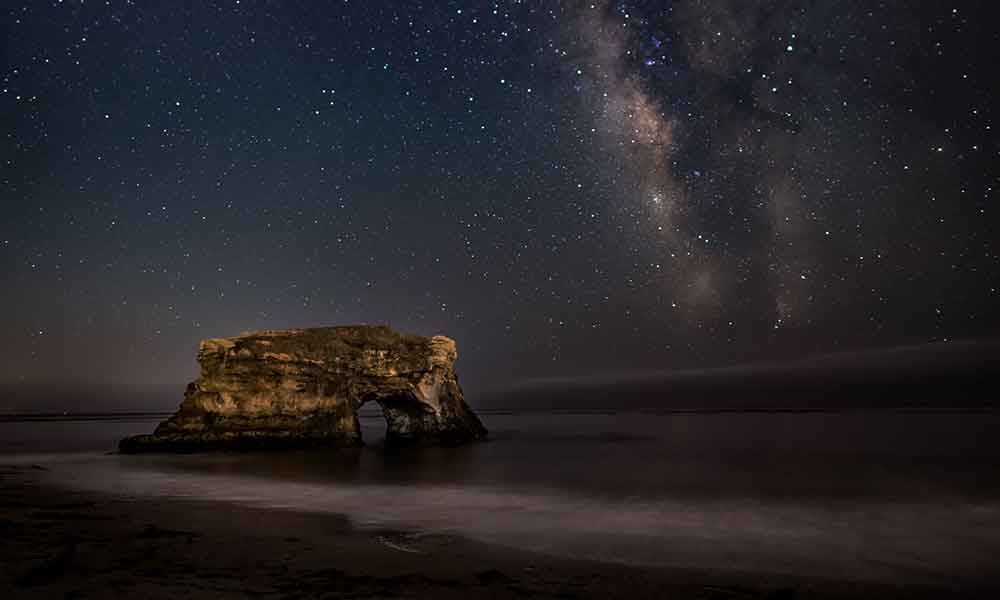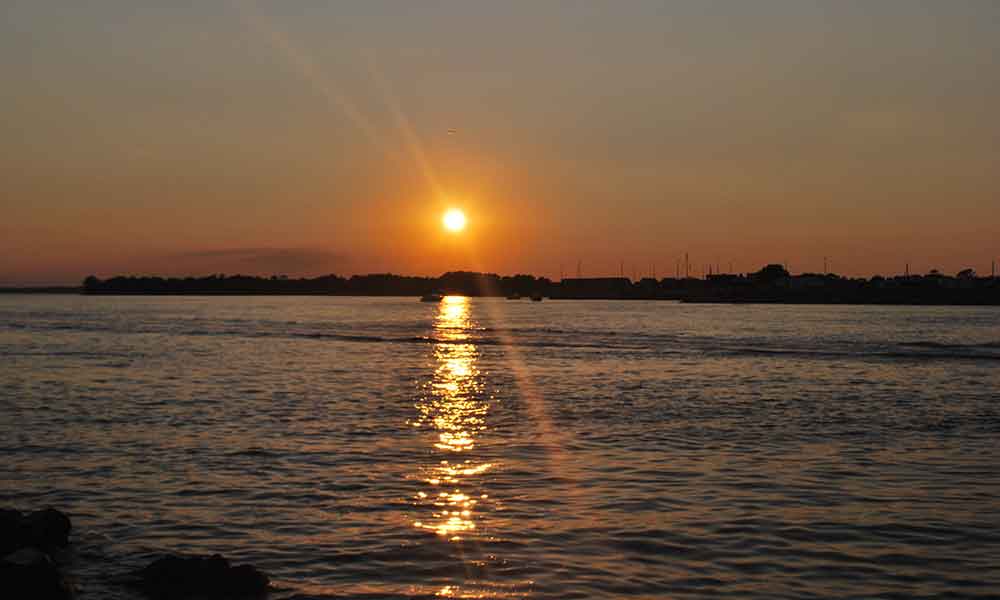While camping, doing the dishes can be a downer, especially if you’re not physically and mentally equipped to make the procedure hassle-free. Contrary to popular opinion, washing dishes while camping can be almost as fun as cooking on an open fire. With some clever preparation and practice, you can redefine your camp scullery experience with zero impact on Mother Nature.
The best way to wash dishes while camping is to adopt a Leave No Trace (LNT) mindset and sparingly use cookware, crockery, water, and soap. Cooking with low-fat food products and limiting the use of cooking oils will reduce the need for grease-cutters and alleviate the waste disposal procedure.
How many campers place ‘dish washing stuff’ at the top of their gear list before going into nature? Our guess is none! More likely, scullery items will be hastily scrawled at the bottom of the list, after towels, shampoo, and T-paper. The easy way to wash dishes while camping begins in the head! Let’s get into the psychology and science of washing dishes while camping and give this ‘necessary evil’ a total turnaround.
Can Dishwashing While Camping Be Fun?
Washing dishes while camping can be an enjoyable task with the right methods and tools. Removing food residue from cookware and dinnerware using paper towels and a pot scraper before applying soapy water will make the washing process less greasy, less laborious, and more efficient.
The keyword here is efficient. When camping, you want to spend your time doing the things you love, like hiking, swimming, lazing in a hammock, etc.
You don’t want to spend undue time and energy washing dishes, so every camper should have a well-versed, expedient dishwashing routine and a suitably equipped camp scullery.
And, unless you’re a solo camper, your camp scullery should always include a manager and at least one assistant to speed up the process and bring that healthy camping banter to the toil.
Here’s a 25-point battle plan to conquer camp dishwashing dread and drudgery:
The setup –
- Keep your camp menu items and cooking ingredients as fat-free as possible. The more grease your cooking produces, the more elbow grease and soap you’ll need to clean your cookware and dinnerware.
- Position a camp scullery table on level ground. The table can be standing-height or lower if you like washing dishes sitting down.
- Boil a kettle of water on the fire or camp stove.
- Fill a water container with cold, clean water and place it on or under the scullery table.
- Position two collapsible washbasins on the scullery table – one for a soapy water wash, the other for rinsing.
- Position a plastic or bamboo drying rack alongside the basins.
- Line up your scullery accessories on the table, including biodegradable soap, paper towels, a sponge, a brush, a plastic pot scraper, vinegar, a food strainer/sieve, a microfiber drying cloth, and a kitchen towel.
- Grab a fellow camper to serve as your scullery assistant/wingman (this won’t be difficult in winter when that rinse basin is filled with hot water!).
The execution –
- Remove as much grease and food particles as possible off all cookware and dinnerware using paper towels and the pot scraper.
- Stow the greasy paper towels and food particles in a sealed plastic bag.
- Stack the dirty cookware and dinnerware on the scullery table alongside the wash and rinse basins.
- Pour a moderate amount of cold water into the soapy washbasin and top up with boiling water from the kettle to a satisfactory, safe temperature.
- Add a drop or two of biodegradable soap to the washbasin and agitate the soapy water.
- Pour cold water into the rinse washbasin and top up with boiling water to a safe temperature. Add two tablespoons of vinegar to the rinse water to serve as a sterilizing agent.
- Position your scullery wingman alongside you at the rinse washbasin.
- Start washing the cleanest of the dirty dinnerware – glasses and mugs first, then plates, followed by cutlery. Leave the greasy pots and pans for last to keep the soapsuds bubbling for as long as possible.
- Do not load the soapy washbasin with numerous items. Clean each item thoroughly but swiftly and ease them into the rinse washbasin.
- Your scullery wingman should swiftly rinse each item and place it on the drying rack.
- If you need more drying space, place a towel on the table to accommodate the pots and pans.
- Using the sieve, collect any food particles floating in the water and place them in the plastic bag designated for greasy paper towels.
- Rinse your sponges and washing brushes in clean water and vinegar in the rinse washbasin and place them in an animal-proof sunny spot to dry.
- Distribute the greywater from both basins across several feet of soil well away from your campsite and natural bodies of water.
- Allow your dishes to drip dry on the rack or hand dry them with a microfiber cloth.
- Store all cookware and dinnerware safely away from critters and larger beasts.
- Wipe the scullery table down with a few drops of vinegar to ward off bacteria and wild creatures.
Now sit back and marvel at how quickly that dishwashing session went and how much fun you had doing it, thanks to a strategic plan of action and a happy assistant!
More Leave No Trace Tips When Washing Dishes While Camping
To Leave No Trace when washing dishes while camping, use biodegradable soap and secure waste food particles and packaging in an airtight container to avoid attracting wild animals. Do not dispose of waste of any kind in natural bodies of water. Remove all trash from the campsite upon departure.
To make your camp scullery as eco-friendly as possible, follow these guidelines:
- Use biodegradable soaps sparingly.
- Use fine ash from the fire pit to scour your pots and pans as an alternative to biodegradable soap. Ash is an emulsifier that binds oil particles to water, effectively removing grease from your dishes.
- Hang a bear-proof, waterproof, and airtight waste bag or canister in a tree in your campsite, or keep it in your vehicle where animals can’t get at it.
- Instead of using paper towels to clean your cookware and dinnerware, use bits of the super-absorbent cardboard from egg cartons.
- Many campers use greasy paper towels/cardboard as fire starters, which is camp savvy if the fire completely incinerates the paper and cardboard. However, paper and cardboard do contain chemicals, so to be 100% LNT, rather take the greasy paper home with you for safe recycling.
- To avoid transporting waste food home with you, you can safely bury food particles in the ground in a hole at least ten inches deep.
- Do not dispose of greywater in rivers and bodies of water.
- Remove all traces of your dishwashing activities (sponges, soap bottles, cloths, etc.) from the campsite upon departure.
One Last Tip – If you’re cooking on an open fire and don’t have time to let the flames settle down and hot coals form, prevent soot from sticking to the bottom of your pots and pans by rubbing a small amount of biodegradable soap on their respective bottoms before you place them over the flames.
Conclusion
Every camper should have a passionate LNT mindset and a clean-as-you-go discipline. A stack of pre-wiped plates on a sturdy, ergonomic scullery table will make the prospect of washing dishes while camping less daunting. Get the right camp dishwashing gear, follow these 25 pointers, get the kettle on the go and get your happy dishwashing hands wet!

